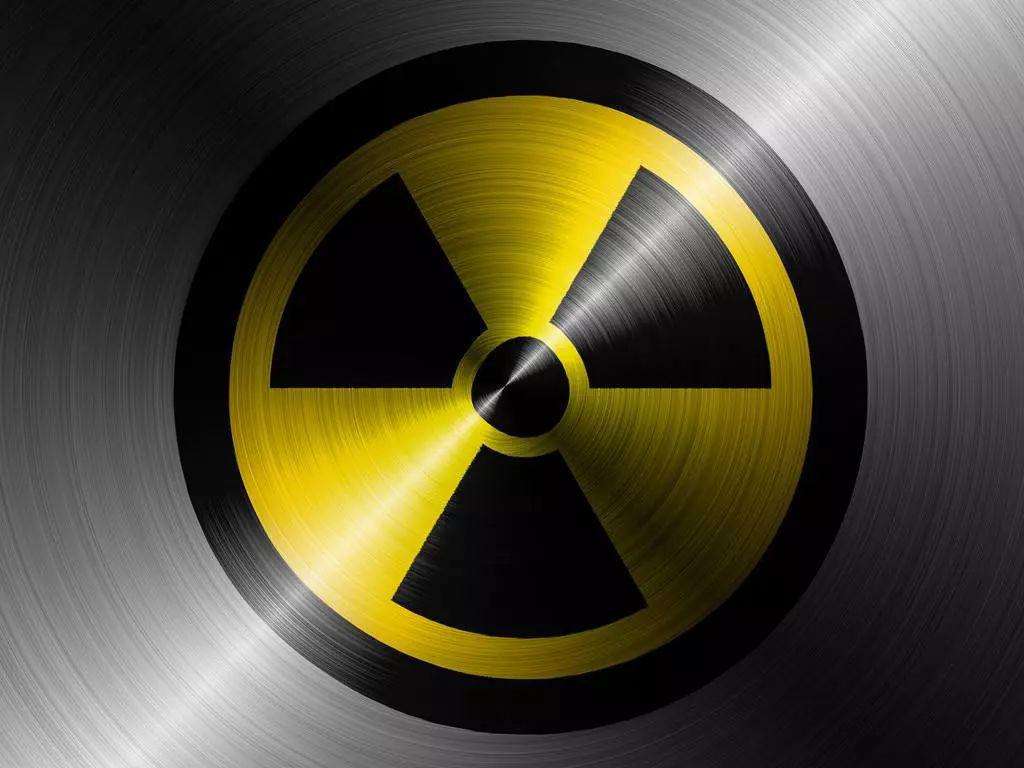In space applications, microwave devices and antennas are exposed to nuclear radiation, so the radiation resistance of PTFE materials used in this scene is very important.
Effect on mechanical properties
Rogers RT/Duroid material is a PTFE (polytetrafluoroethylene) based composite material. Its composition also includes glass microfiber and ceramic filler. Relatively speaking, PTFE is the most vulnerable to nuclear radiation damage, because the binding force between PTFE molecular chains is weak. For polymers, the molecular chains depend on van der Waals force, and the van der Waals force is closely related to the molecular weight. Therefore, to achieve a specific mechanical strength, it must have enough molecular weight.
The main effect of irradiation on PTFE is that under irradiation, large polymer molecules split into small molecules, thus the molecular weight of PTFE decreases. The presence of oxygen plays an important role in some reactions caused by radiation. Therefore, such radiation damage will be minimized in the oxygen free environment of space.

The decrease of molecular weight will affect the mechanical properties, including the increase of brittleness, the decrease of tensile strength, elastic modulus and elongation.
Influence on electrical performance
It is reported that the change of mechanical properties of PTFE is only related to the total radiation dose, but not to the dose rate. However, the charge distribution in PTFE resin will decay with time, which has an important impact on the dielectric properties of the materials. Therefore, the radiation dose rate is an important parameter for electrical properties.
In the process of radiation, the dielectric constant and loss factor will increase briefly. In microwave applications, the higher the frequency, the less the effect of irradiation on these properties.
In essence, the effect of radiation on PTFE is a function of absorbed radiation, and has nothing to do with the type of radiation. In other words, the same radiation dose of β - ray, γ - ray, X-ray has a considerable effect of harm. In radiation studies, the unit of radiation dose is usually rad, 1 rad = 100 ERGs / gram (1 rad = 100 ERGs / grams).
The following table shows the radiation dose corresponding to the degree of injury (unit: RAD)

For the Van Allen belt, the usual radiation dose rate is 10 rads / hour. At this dose rate, PTFE can work for 5 to 50 years without detectable damage.
In practical applications, Rogers RT/Duroid material PTFE microwave laminates are mainly electrical, and the mechanical properties of the materials are usually provided by metallic components. However, the above radiation is far from enough to have a significant impact on its electrical properties. In addition, the radiation resistance of PTFE is generally better than that of solid-state electronic devices such as transistors.